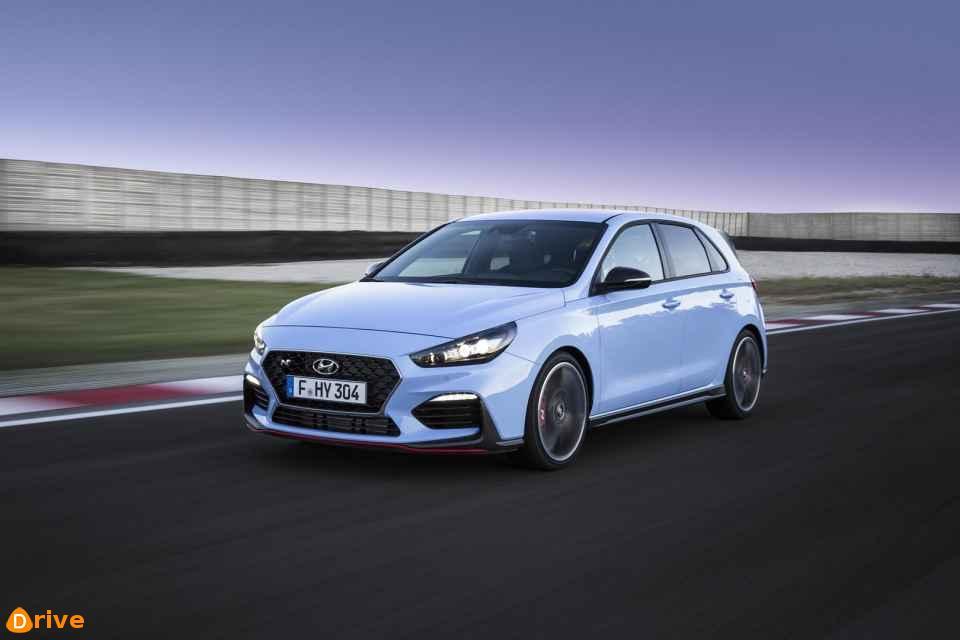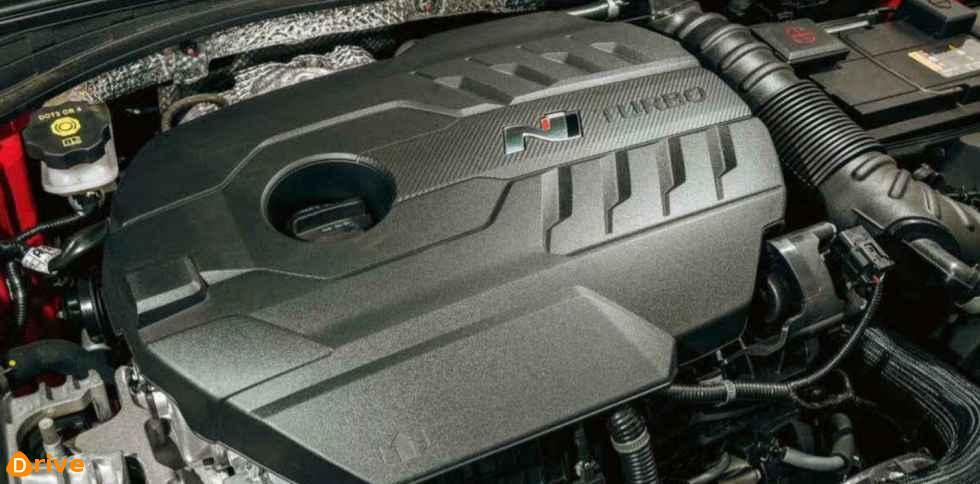
This month it’s all about acceleration for the i30 N
TELL IT STRAIGHT
HOT HATCHES are all about handling. Except they’re not. Straight-line acceleration might not be as high a priority for fast five-door buyers as, say, those looking at muscle cars, but drag-strip bragging rights are still valuable. Given the i30 N faced the 400m this month for the comparo you can read on page 46, it seems appropriate to dig into the numbers in a little more detail here. Hyundai claims 0-100km/h is achievable in 6.2sec. It is, but it’s not an easy task.
Like most turbo frontdrive hatches, the i30 N has traction issues, but what is unusual is that loss of traction isn’t the problem. Instead, pesky non-switchable traction control prevents the Namyang native putting its best foot, ahem, wheel forward. The best way to launch most forcefed front-drivers is to have the front tyres rotating slightly faster than road speed. It’s a delicate balancing act, as too much throttle wastes time through excess wheelspin, while too little lets the engine bog and boost disappear, at which point you might as well pull the handbrake on and get out, the time will be that bad.
Of course, zero wheelspin would be even better, but is also virtually impossible when feeding turbocharged torque through just the front tyres alone. Unfortunately, this time-tested approach is impossible thanks to the i30 N’s overzealous traction control program, a frustrating trait it shares with Golf GTIs. Despite deactivating every possible electronic aid, each launch results in a telltale orange light flashing on the dash (to the left of the ESP light if you’re curious). The intervention is only brief, but it’s enough for the engine to pause and precious tenths to tick away.
It’s difficult to understand why this would be the case, as Hyundai is happy for ESP to be deactivated completely and let the driver hang the tail out to his or her heart’s content. The answer isn’t certain, but someone who would know suggested it’s a durability measure to prevent excess axle tramp, which would explain why the Golf would have similar protection in place. Hyundai’s hottie is further hamstrung by gearing designed to ace the European 0-60mph (0-97km/h) benchmark. Try as you might, nothing will make the i30 N reach 100km/h in second gear, the rev limiter cutting in at 99km/h.
Worse still, third gear is quite tall (stretching to 149km/h) so progress is slowed further. Nonetheless, get everything right and the result is 6.24sec to 100km/h. It must be said that this number was an anomaly, most runs being a few hundredths either side of 6.5sec, but for one run the electronics looked the other way long enough for most of the i30’s 202kW and 353Nm to be put to good use. The N doesn’t feel as quick as its outputs suggest.
Its 2.0-litre T-GDi engine performs very strongly from 4000-6000rpm, but power drops off dramatically beyond this as its turbocharger runs out of puff. It’s not an issue on the road, for the broad powerband provides a wide river of torque in which to swim, but in the extreme environment of performance testing (or on track?) these things are noticeable. That said, we all know hot hatches are all about handling, which we’ll investigate next month.







